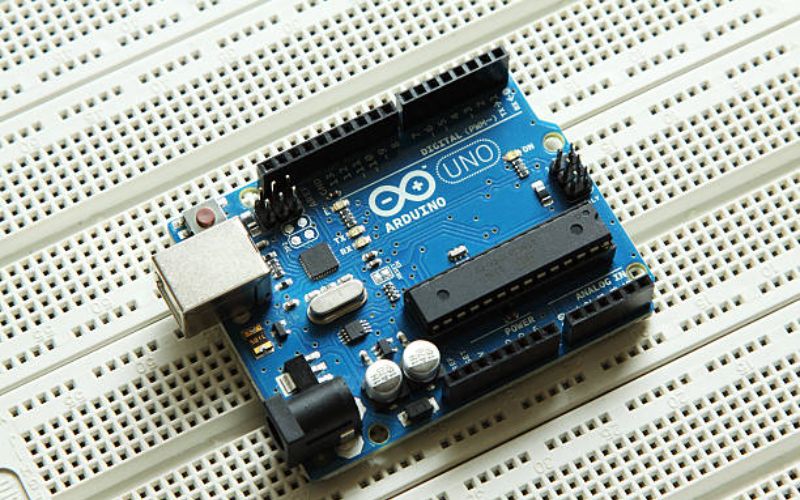Introduction
A heatsink provides an essential function in electronic devices. It helps to dissipate the heat generated by the processor, thereby preventing damage due to overheating. A crucial aspect while selecting a heatsink is its material. Copper and aluminum are two popular options because of their excellent thermal conductivity. But is a copper heatsink better than an aluminum heatsink? Let's explore the topic in depth.
Pros of Copper Heatsinks
Copper has a thermal conductivity of 401 watts per meter kelvin, which is 59% higher than aluminum's 237 watts per meter kelvin. It means that copper heatsinks transfer heat more efficiently. Other pros of copper heatsinks include:
- Excellent High Temperature Capacity - Copper can handle temperatures up to 200°C, whereas aluminum can only work up to 120°C. Therefore, copper is more suitable for high-performance applications.
- Longevity - Copper is more durable than aluminum and has a longer lifespan.
- Corrosion-Resistant - Copper is highly resistant to corrosion compared to aluminum, thereby increasing its longevity.
Cons of Copper Heatsinks
The downside of copper is its cost. Copper is more expensive than aluminum, which makes it an uneconomical choice for low-cost electronic devices. Other cons of copper heatsinks include:
- Heavy - Copper is heavier than aluminum, so it might not be the best option for portable electronics that require a lightweight design.
- Ineffective cooling - Copper heatsinks might not be as effective as aluminum heatsinks in dissipating heat when the processor has a low heat output.
- Difficult Manufacturing - Copper is harder to shape and machine than aluminum, which makes manufacturing more challenging. This drives up costs even further.
Pros of Aluminum Heatsinks
Aluminum heatsinks are a popular choice because of their affordability. The metal has some distinct advantages, including:
- Cost-effective - Aluminum is significantly less expensive than copper, meaning manufacturers can produce affordable devices.
- Lightweight - Aluminum is much lighter than copper, making it a better option for portable electronic devices.
- Inexpensive Manufacturing - Aluminum is easier to machine and shape than copper, making it more accessible to manufacture at scale.
Cons of Aluminum Heatsinks
While aluminum heatsinks are a popular choice, they do have some disadvantages that include:
- Low Thermal Conductivity - Aluminum has a lower thermal conductivity than copper, so it transfers heat less efficiently.
- High Temperature Sensitive - Aluminum can only handle temperatures up to 120°C, which makes it unsuitable for high-performance applications.
- Prone to Corrosion - Aluminum tends to corrode faster than copper, reducing its durability.
Conclusion
When selecting a heatsink, copper and aluminum are the most popular options. While copper is more efficient in transferring heat, it is also much heavier, expensive, and harder to manufacture. On the other hand, aluminum is an affordable and lightweight option which is easy to machine. However, it has a lower thermal conductivity and cannot handle high temperatures. Ultimately, it depends on the specific requirements of the electronic device being used.
FAQs
1. Which heatsink is better - copper or aluminum?
It depends on the requirements of the electronic device being used. Copper heatsinks are more effective in transferring heat but are more expensive, while aluminum heatsinks are an affordable and lightweight option.
2. Can an aluminum heatsink be used for high-performance applications?
No, aluminum cannot handle high temperatures, so it is not suitable for high-performance applications. Copper is a better option for high-performance devices.

